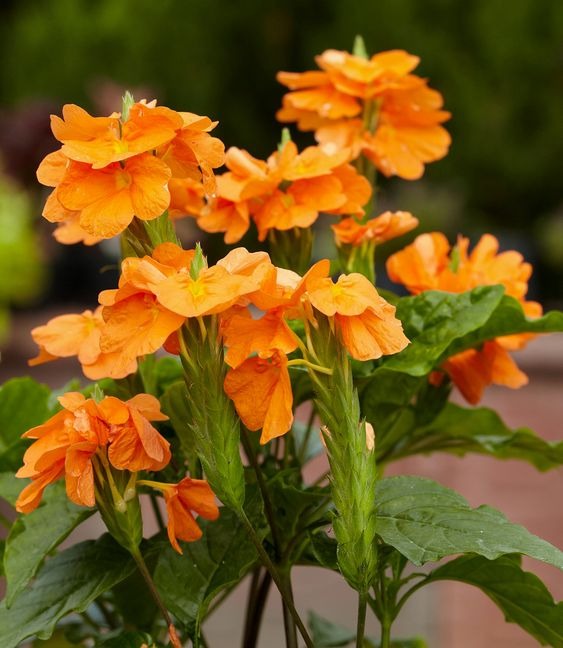Flowers That Bloom Throughout the Year
The presence of flowering plants in our homes or offices is a delightful sight. The vivid colors, sweet fragrance, and stunning beauty they add to our surroundings are unmatched. However, growing these plants successfully requires some knowledge and effort. If you wish to have flourishing flowers inside your space, purchasing a houseplant could be a good option to consider.
There are various methods to grow flowering plants indoors, ranging from low to high maintenance. You can either sow seeds directly into the soil or start from cuttings. However, to ensure that the plants thrive, they require specific growing conditions, including adequate light, water, nutrients, and airflow. For seedlings, warmth, humidity, and darkness are crucial. Flowers that bloom throughout the year are jasmine, ixora, periwinkle, and crossandra are popular choices for low-maintenance garden.
Flowering plants are not just attractive; they also have several health benefits. They require minimal maintenance and can flourish in almost any environment. However, to care for them correctly, you need to choose the right plant, water the soil regularly, fertilize when required, and prune the plants to keep them healthy. Growing flowering plants is not complicated, and you do not require any special equipment. All you need is a pot, soil, fertilizer, and water. You can start by growing the flowers from seeds, which generally take four weeks. Once the seedlings have grown, you can transplant them into bigger pots to continue flourishing.
Flowers that bloom throughout the Year
Having a garden filled with beautiful blooms in a variety of lovely shades is a wonderful experience. You can achieve this by growing flowers that bloom throughout the year. These flowers are known for their resilience to varying weather conditions, and they produce vibrant blooms in a wide range of colors that can transform your yard into a visual delight.
Typically, people associate flowering plants with the summertime, when the landscape is brightened up by a colorful display of blooms with sweet scents. However, you might be surprised to learn that certain plants can flower consistently throughout the entire year and not just during the summer season. If you want to appreciate the beauty of flowering plants throughout the year, consider growing these plants that bloom throughout all twelve months.
1. Rose
At the top of the list of flowers that bloom throughout the year is the Rose, a flower known for its association with love and often offered as a symbol of devotion. With over 300 species and various colors such as pink and white, the rose plant thrives in the Asian climate. Varieties such as the Desi Rose and Kashmiri Rose can bloom throughout the year due to the favorable growing conditions. This stunning flower possesses the ability to endure different weather conditions and continue blooming all year long.
Throughout history, the rose has been utilized for medicinal purposes, including the treatment of conditions such as depression and anxiety. Additionally, roses have been used to symbolize friendship and romance.
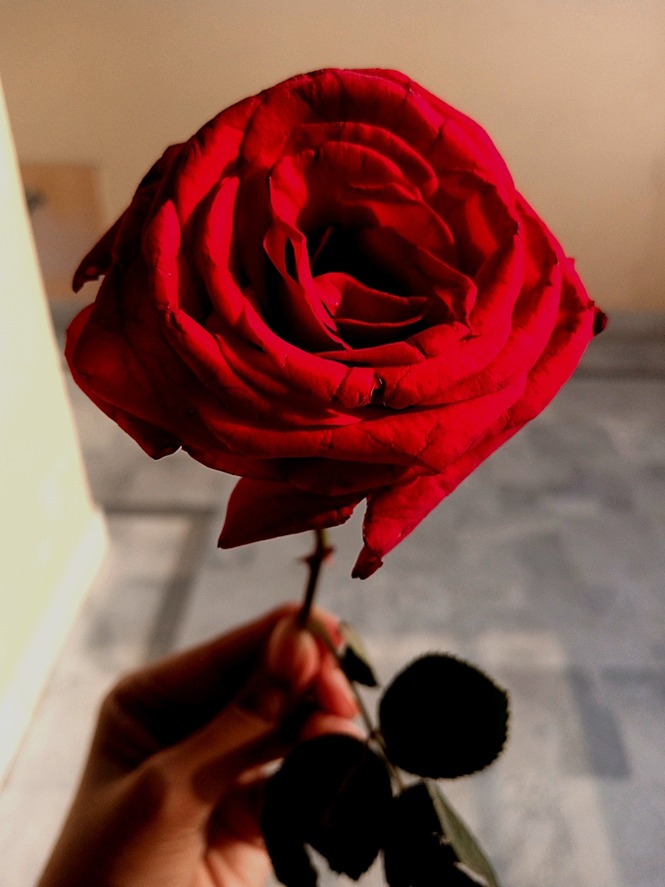
2. Jasmine
Jasmine, a perennial evergreen shrub, is a must-have in any garden due to its enchanting fragrance. If you want your jasmine plant to have a bushy growth, you can pinch off its growing tips. The sweet and strong aroma of jasmine is loved worldwide and is used in various products such as perfumes, candles, soaps, and lotions. The white blooms of the jasmine plant can also be used to add flavor to food items like candy, baked goods, and beverages.
Jasmine is a hardy plant that can withstand both hot and cold temperatures, but it is not suitable for harsh winter climates. In addition to its ornamental value, jasmine is also the national flower of Pakistan.
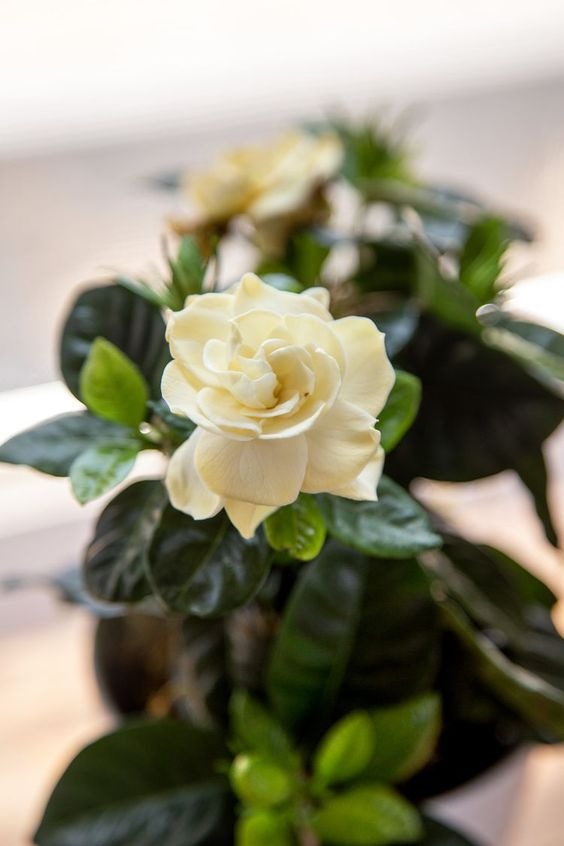
3. Lantana
Lantana is an evergreen tropical shrub that produces clusters of blooms in various colors, including white, yellow, orange, pink, and red. This shrub prefers well-draining soil and thrives best in warm climates. The dramatic appeal of this flower is due to its mix of colors, which can include additional hues as well. Although these flowers are admired for their year-round blooming ability, they do not possess a pleasing fragrance.
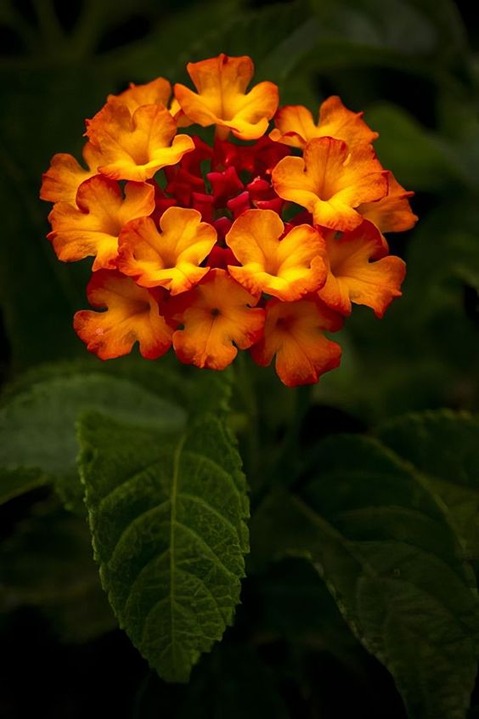
4. Periwinkle
Periwinkle is an evergreen plant that can thrive in various environmental conditions and is resistant to drought. It is a popular choice among gardeners and is also used by villagers to prevent soil erosion. Although it typically survives the winter outdoors, it may need to be brought inside in colder areas. However, it is important to note that all parts of the Periwinkle plant are poisonous. This is due to the presence of naturally-occurring toxic alkaloids which can cause poisoning if ingested.
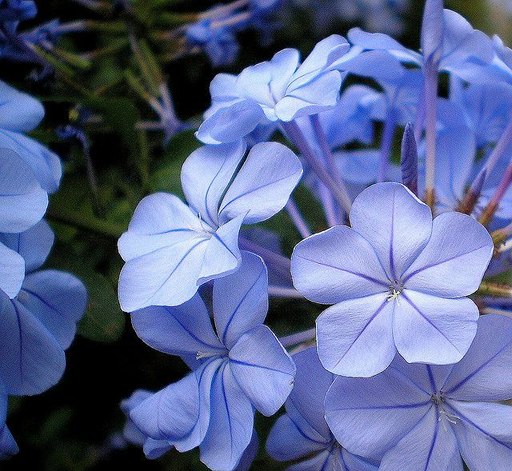
5. Adenium
Adenium, popularly known as the desert rose, is a stunning flowering plant that is ideal for bonsai gardens. This plant can be grown indoors or outdoors in plastic pots, allowing you to enjoy its year-round flowers. However, it’s important to note that the sap of this plant is toxic and can be harmful to children and pets. If you come into contact with the sap while handling the plant, it’s recommended that you wash your hands immediately.
To ensure the desert rose blooms, it needs to be placed in a bright area. Although it is tolerant of colder temperatures, it cannot withstand freezing temperatures below 32°F. If temperatures drop below this point, move the plant indoors or avoid watering it until temperatures rise.
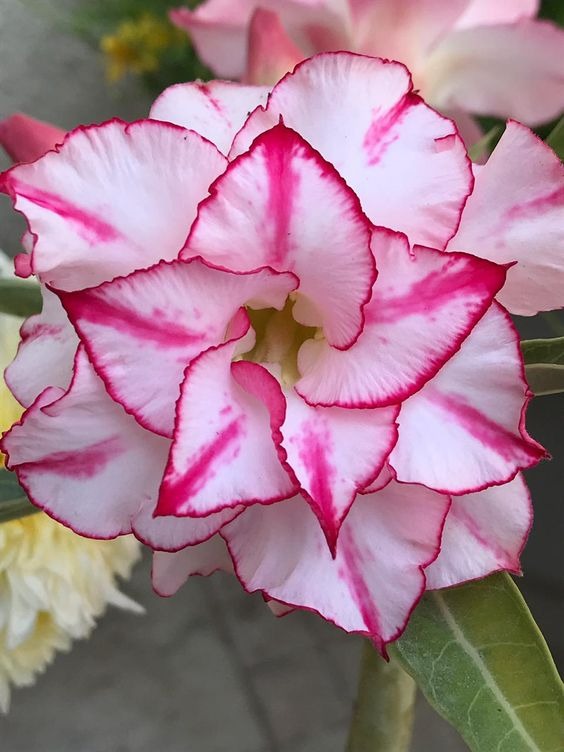
6. Marvel of Peru
Marvel of Peru, also known as Four o’clock, is a beautiful flowering plant that produces trumpet-shaped flowers in red, white, yellow, and pink colors throughout the year. Gardeners love this plant for its pleasant fragrance and low maintenance. In optimal growing conditions, the plant self-seeds easily. It thrives in full sun, moderately fertile, moist, and well-drained soils.
Apart from its ornamental value, Marvel of Peru has several practical uses. The flowers are used as a natural food coloring agent, and the leaves may be eaten when cooked, although only in an emergency situation. The flowers produce an edible crimson dye that can be used to color cakes and jellies. The root of the plant has various medicinal properties and is considered aphrodisiac, diuretic, and purgative. It is used in the treatment of dropsy and scabies, and the juice of the root is used to treat diarrhea, indigestion, and fevers.
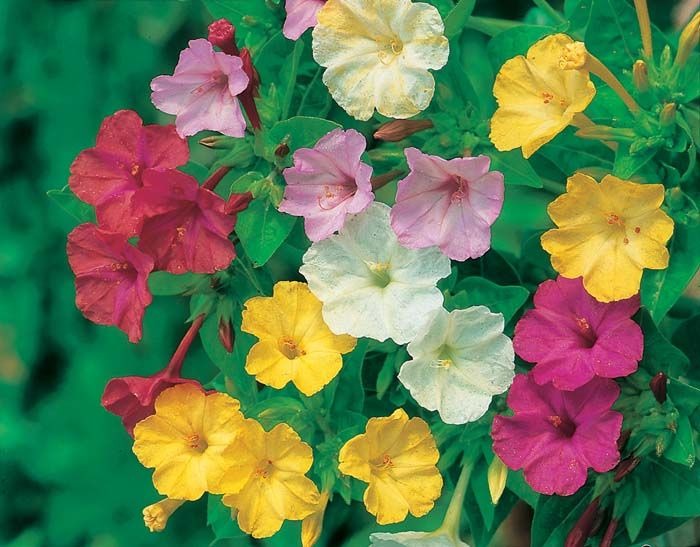
7. Bougainvillea
Grow bougainvillea in your garden for a year-round display of colorful flowers. They can be grown in various ways, such as on trellises, in containers, or as ground covers. These plants are drought-tolerant and require minimal care.
Bougainvillea plants require a fair amount of water and soil that is high in fertility. Their bracts come in a variety of colors, including shades of pink, purple, red, yellow, white, salmon, and orange.
Interestingly, the extract and decoction of this plant have been traditionally used for fertility control among tribal people in many countries. Additionally, it is believed to possess various health benefits, such as anticancer, antihepatotoxic, anti-inflammatory, antihyperlipidemic, antimicrobial, antioxidant, and antiulcer properties.
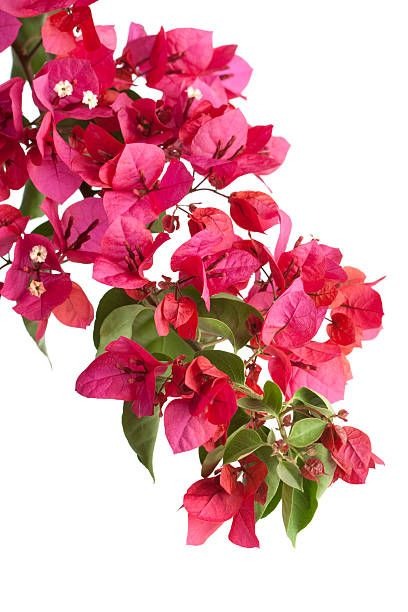
8. Tiobouchina
Tiobouchina, commonly referred to as the Princess Flower, is a striking plant that boasts purple fluorescent flowers and glossy green leaves. Its blooming season occurs primarily in the summer, and it has the potential to grow to a height of 10-15 feet. This plant is native to South America but has become popular worldwide for its ornamental appeal.
In addition to its aesthetic value, Tiobouchina has been used for its medicinal properties. The plant contains several compounds with antioxidant, anti-inflammatory, and antitumor properties. Its extract is used in traditional medicine to treat several ailments, such as respiratory infections, gastric ulcers, and liver diseases. However, it should be noted that further research is necessary to fully understand the potential benefits and risks associated with Tiobouchina’s medicinal use.
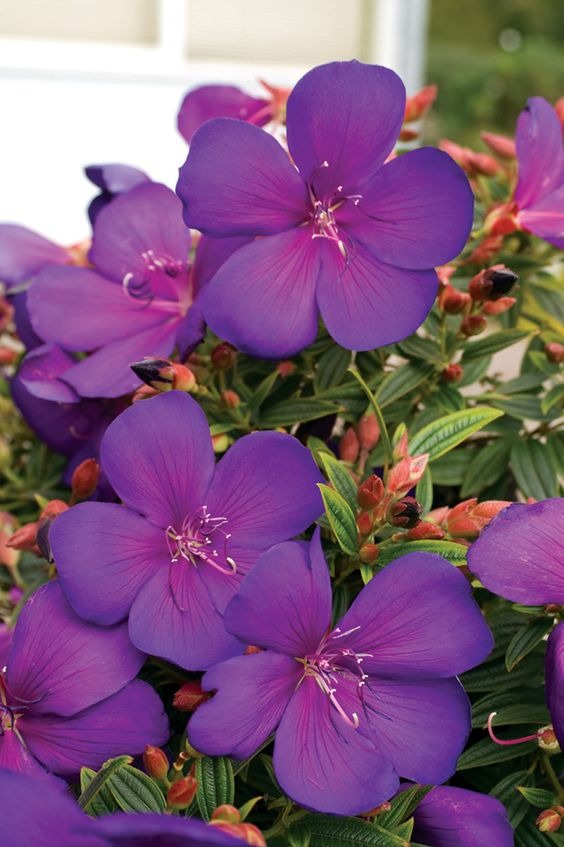
9. Hibiscus
The Hibiscus, also called rose mallow, is a beautiful flowering plant renowned for its vivid and colorful blooms. It comes in a wide range of colors, including white, pink, and red for the native species, and orange and yellow for the hybrid varieties. As it blooms throughout the year, it is an excellent choice to add a touch of beauty to any garden.
The Hibiscus plant has been utilized for various purposes in South America and Africa for centuries. Its flowers are used to make tea, jam, and wine, while its green leaves are known for their medicinal properties in treating stomach ailments.
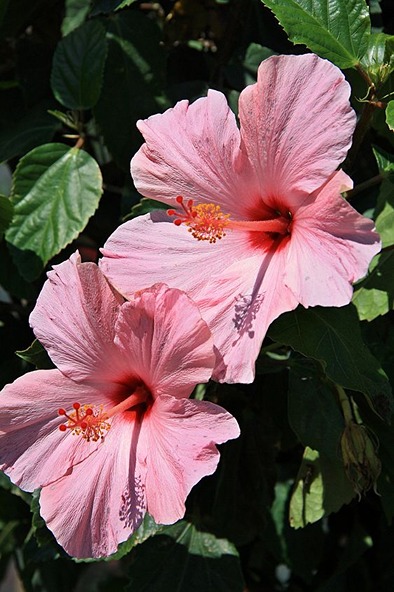
10. Kalanchoes
The Kalanchoe is a stunning succulent plant featuring attractive flat green leaves and charming small flowers. Due to its susceptibility to cold temperatures, it is ideal to grow it indoors in most climates, but it can also be grown outdoors to add a splash of color to your garden. The petals of the Kalanchoe flowers bend upward and close during the night, while during the day they bend outward.
Traditional medicine uses the Kalanchoe plant to treat various conditions, including gastric ulcers, respiratory infections, boils, wounds, and rheumatoid arthritis.
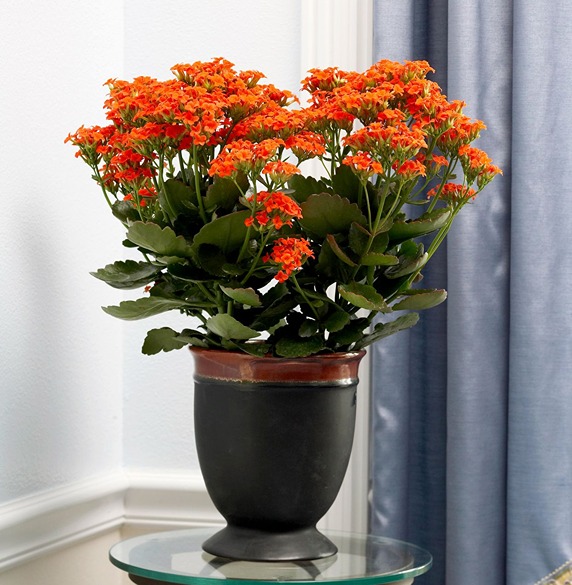
11. Ixora Flower Plant
The Ixora flower plant has a rich history of use in Africa, Asia, Europe, and South America. This attractive flowering shrub boasts a range of vibrant colors, including bright white, yellow, red, pink, and orange flowers.
One of the main advantages of growing ixora is its year-round blooming period. Each flower cluster can last for up to 8 weeks, providing your garden with long-lasting and beautiful color. Additionally, the leaves of the ixora plant have been used in traditional herbal medicine.
Ixora is an easy-to-grow plant that requires minimal care or maintenance. In traditional medicine, the roots and flowers of ixora have been used to treat dysentery, dysmenorrhea, hemoptysis, and catarrhal bronchitis. The leaves have been used to treat diarrhea. Furthermore, the roots are used to alleviate symptoms such as hiccup, nausea, and loss of appetite, as well as for the treatment of external conditions such as sores, eczema, and chronic ulcers. The roots contain aromatic acrid oil, tannin, and fatty acids.
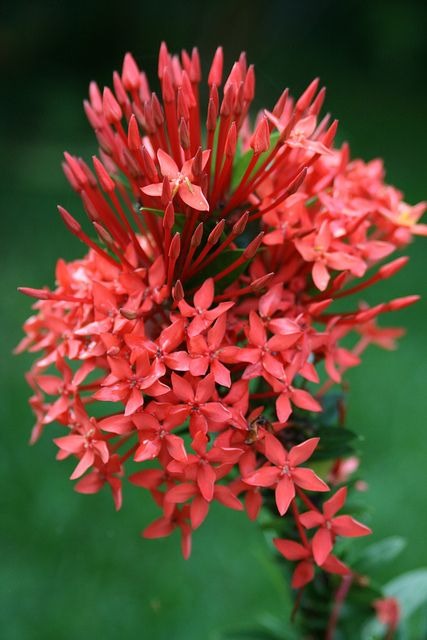
12. Crossandra
Crossandras, also known as firecracker flowers, are stunning perennial plants that bloom in rich, well-draining soil. They can tolerate heat well, making them a perfect choice for sunbaked garden beds and borders. These plants are also suitable for indoor growing, and require plenty of light. Placing them in a sunny window or under bright artificial lights can help them thrive.
Apart from being a beautiful addition to your garden or home, the extract of crossandra flowers is used in various traditional medicines. It has been used to alleviate conditions such as fever, headache, and pain, as well as promote appetite and wound healing.
